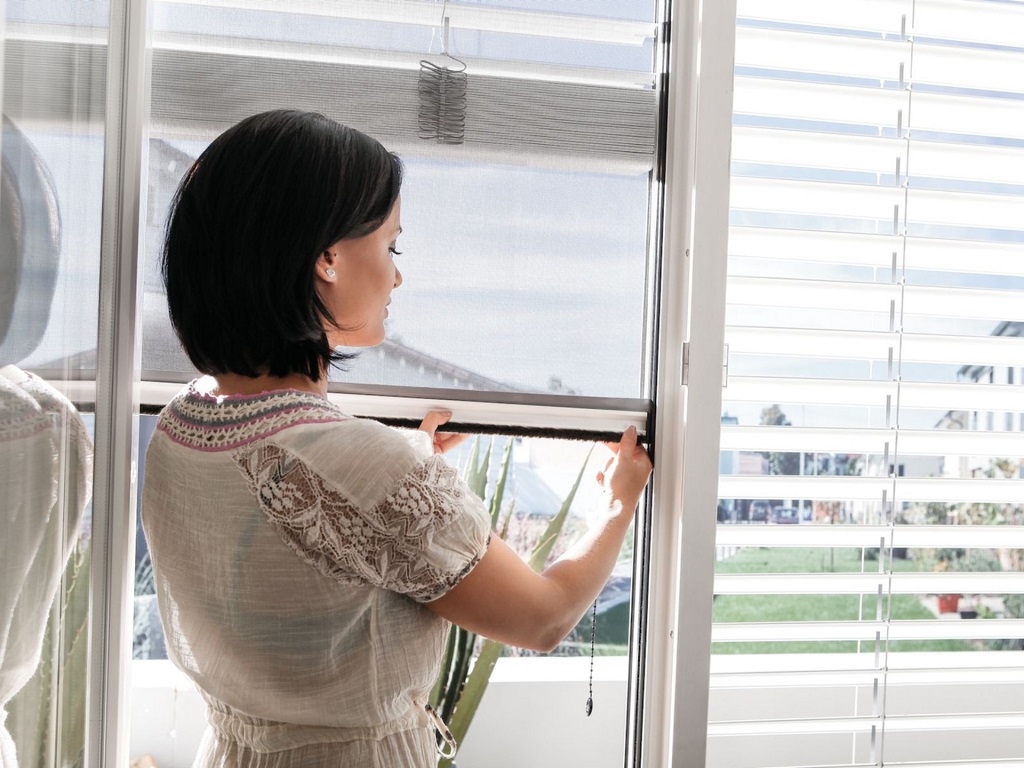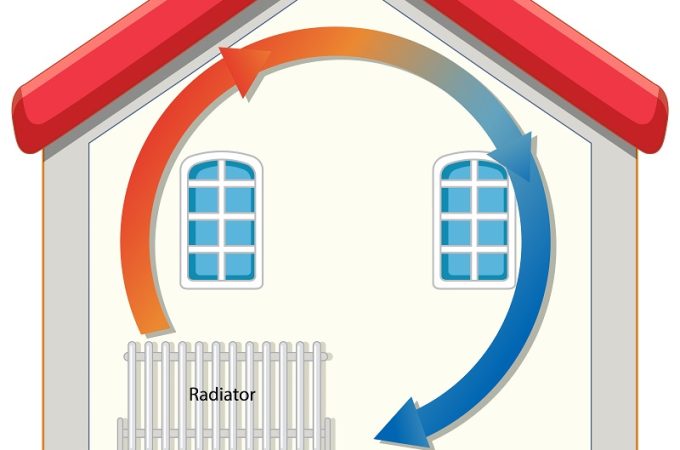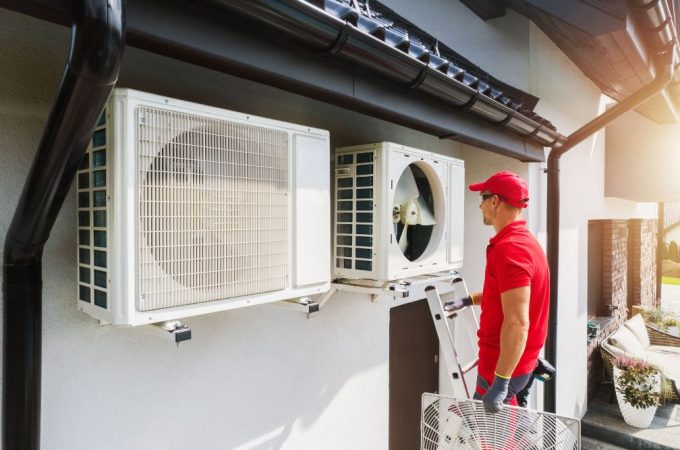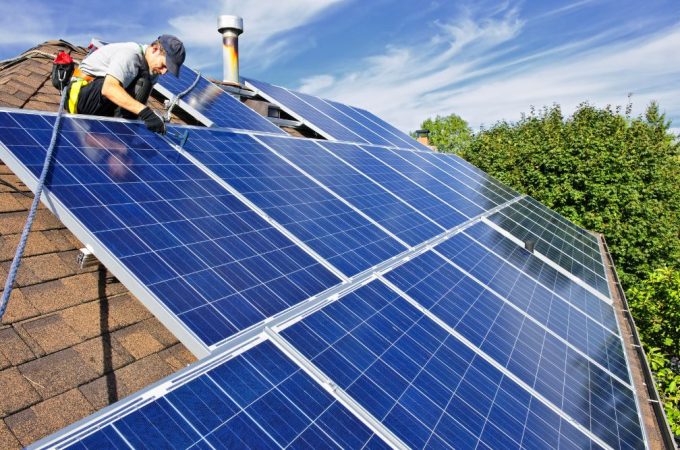
The Practicality and Functionality of Fly Screens
Fly screens, also known as insect screens, are an essential feature in many homes. Their primary purpose is to keep insects, debris, and birds out while allowing fresh air to circulate freely. This article delves into the practicality and functionality of fly screens, their types, installation and maintenance, and cost-effectiveness.
Fly screens are an essential addition to any home or business, offering protection against insects while allowing fresh air to circulate. To maximize their practicality and functionality, it’s crucial to choose the right type, install them effectively, and maintain them regularly. This comprehensive guide will walk you through the key considerations for selecting, installing, and maintaining fly screens, ensuring you can enjoy bug-free comfort without compromising on style or convenience. Whether you’re a homeowner, business owner, or just looking to enhance your living space, this guide will provide valuable insights into optimizing the use of fly screens in your environment.
Understanding Fly Screens
Fly screens are a mesh-like material that is fitted onto a window, door, or vent to prevent insects from entering your home. They are usually made from metal, plastic, or fiberglass, and are designed to withstand various weather conditions. Fly screens are not a new concept; they have been used in different forms for centuries. Their primary purpose remains the same: to provide a barrier against insects while allowing the free flow of air.
The Practicality of Fly Screens
Fly screens are extremely practical. They provide an efficient and effective barrier against various kinds of insects, ranging from flies and mosquitoes to larger pests like birds and rodents. By keeping these pests out, they help prevent the spread of diseases and maintain a healthier home environment.
The Functionality of Fly Screens
Apart from keeping pests out, fly screens also serve other functional purposes. They allow natural light and fresh air into your home, enhancing indoor air quality and reducing reliance on artificial lighting and air conditioning. Some types of fly screens also provide additional benefits like UV protection and increased privacy.
Types of Fly Screens
There are various types of fly screens available in the market today, each offering unique benefits. These include standard fixed screens, retractable screens, magnetic screens, and security screens. Each type has its installation and maintenance requirements, which we will explore in the following sections.
Installation and Maintenance
Installing fly screens is usually a straightforward process that can be done by a professional or as a DIY project. Maintenance involves regular cleaning to remove dust and dirt and occasional repairs or replacement of damaged screens.
The Cost-effectiveness of Fly Screens
Investing in fly screens is cost-effective in the long run. They reduce the need for expensive pest control services and decrease energy consumption by promoting natural ventilation. Moreover, they help to maintain the condition of your window and door frames by preventing damage from insects and other pests.
Benefits of Fly Screens
The benefits of fly screens extend beyond insect protection and ventilation. They contribute to a cleaner home by reducing dust and allergens, enhance privacy by obscuring the view from the outside, and improve home security by adding an extra layer of protection.
Conclusion
In summary, the practicality and functionality of fly screens make them a worthwhile investment for any homeowner. By understanding the different types of fly screens and their installation and maintenance requirements, you can choose the right screens for your home and enjoy their many benefits. Whether you’re seeking to protect your home from pests, improve ventilation, or enhance privacy and security, fly screens are the solution you need.





